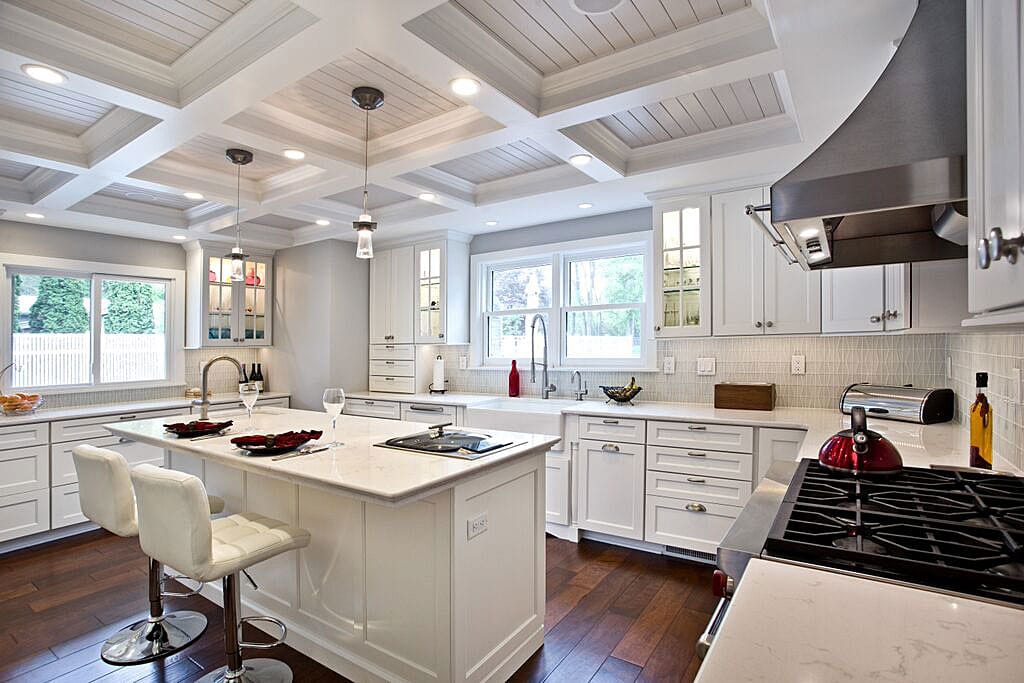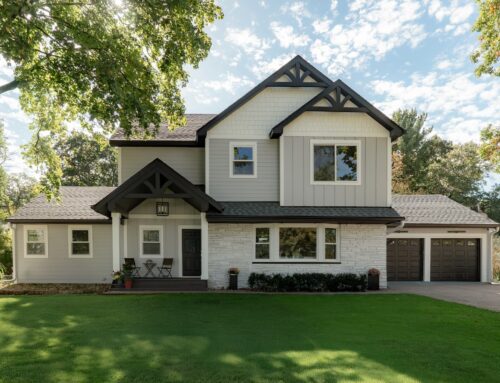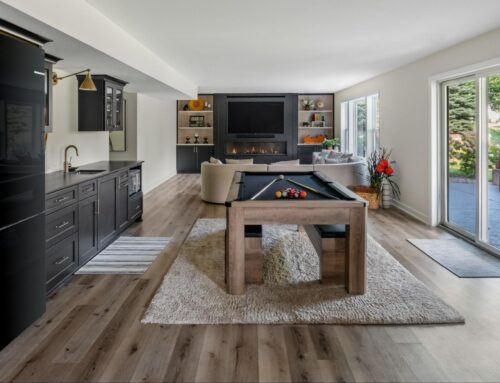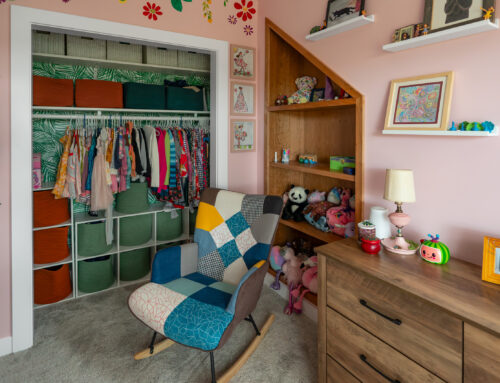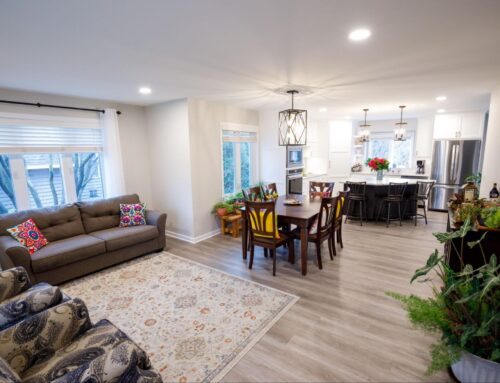After thinking long and hard about your family, your living space and your goals for the future, you may have decided now is a great time to invest in an addition to your home.
Chances are, you’re spot on. The residential renovations market has taken off nationwide, with multiple Americans opting to improve their existing homes rather than moving elsewhere. Thanks to the country’s economic health in recent years, in fact, the U.S. remodeling market has expanded by more than 50% since 2010.
One aspect people love about a new addition is its flexibility; you can custom-design your project to become anything from an above-garage in-law apartment to a new kitchen to a mudroom to a three-season porch. To get the best possible outcome, however, you’ll want to do your homework and put serious thought into what you’re hoping to accomplish.
“Most homeowners complete an addition by hiring a remodeling contractor or builder, but that doesn’t mean the owners are hands-off,” notes Lee Wallender on Thespruce.com. “Homeowners need to be involved with every step of the process to make informed decisions and ensure the work meets their expectations.”
To get started with a residential addition, here are some steps you might take.
- Understand local zoning laws. Confirm property lines and research local building regulations to determine whether and how you’re allowed to expand. Other logistical considerations may include neighbors’ wishes and the positioning of trees, power lines, utility poles and/or underground fuel and septic tanks. An experienced contractor can identify any red flags and help navigate challenges.
- Define your best possible usage of the space. You may need a new bedroom to accommodate your growing family, but could an addition also serve other functions? While you’re in renovation mode you may wish to incorporate a second story, another bath, additional storage space, a private deck or French doors leading to a walk-out patio.
- Create a practical but pleasing floor plan. Consider traffic patterns and imagine how you, your family and your guests will interact within the space. Be sure the layout complements the look of your home both inside and outside. Note: In some cases you may decide to create more than one addition and in others you may opt to build up rather than out.
- Window shop for ideas. Start by browsing online and/or perusing decorating magazines to narrow down what you like in terms of style and décor. You may find great ideas and products of which you were unaware. Identify features that may call for a financial splurge, but also list those that may be of less importance if you need to narrow down your budget.
- Match materials. Plan to closely align the materials and finishes of your addition with those of your existing home, or at least aim for the same general feel. “If you were building a new house, or even completely remodeling your entire existing home, you could let your creativity and personal taste lead you in almost any style direction,” advises Oliver Marks on HGTV.com. “But when you’re adding onto an existing home, you don’t have as much choice.”
Building an addition onto your home can create valuable space you and your family will enjoy well into the future. Take time to consider which features and elements will provide the most benefits in the coming years.
Seeking a trustworthy building partner that can turn your addition ideas into beautiful reality? Call Titus Contracting at 952-746-7817 to learn more about our record of success.
DOWNLOAD OUR FREE EBOOK “4 Key Renovation Ideas for Your Minnesota Home”- CLICK HERE

